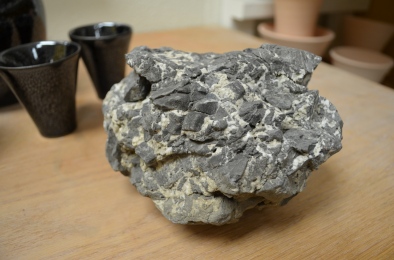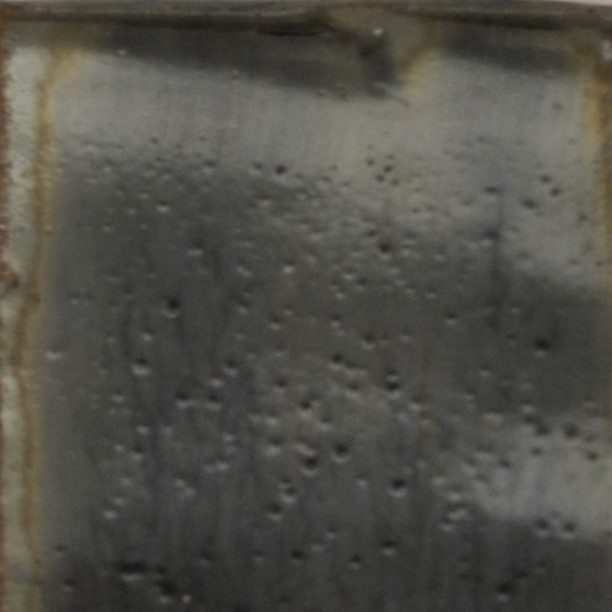Ancient Jian wares are famous for their lustrous black glaze that exhibits unique colored patterns. Some striking examples include the brownish colored “Hare’s Fur” (HF) strips and the silvery “Oil Spot” (OS) patterns. Herein, we investigated the glaze surface of HF and OS samples using a variety of characterization methods. Contrary to the commonly accepted theory, we identified the presence of ε-Fe2O3, a rare metastable polymorph of Fe2O3 with unique magnetic properties, in both HF and OS samples. We found that surface crystals of OS samples are up to several micrometers in size and exclusively made of ε-Fe2O3. Interestingly, these ε-Fe2O3 crystals on the OS sample surface are organized in a periodic two dimensional fashion. These results shed new lights on the actual mechanisms and kinetics of polymorphous transitions of Fe2O3. Deciphering technologies behind the fabrication of ancient Jian wares can thus potentially help researchers improve the ε-Fe2O3 synthesis.

